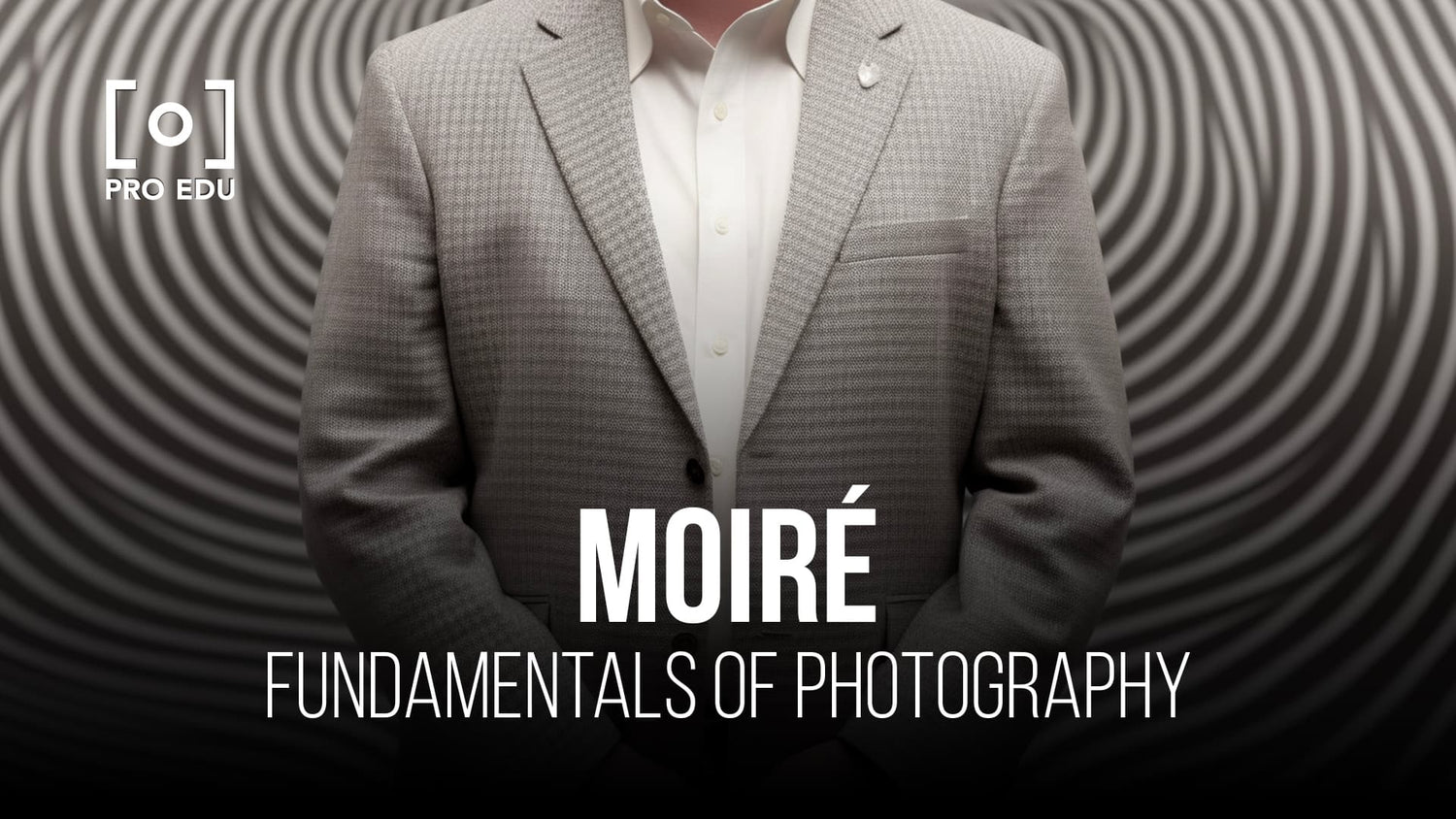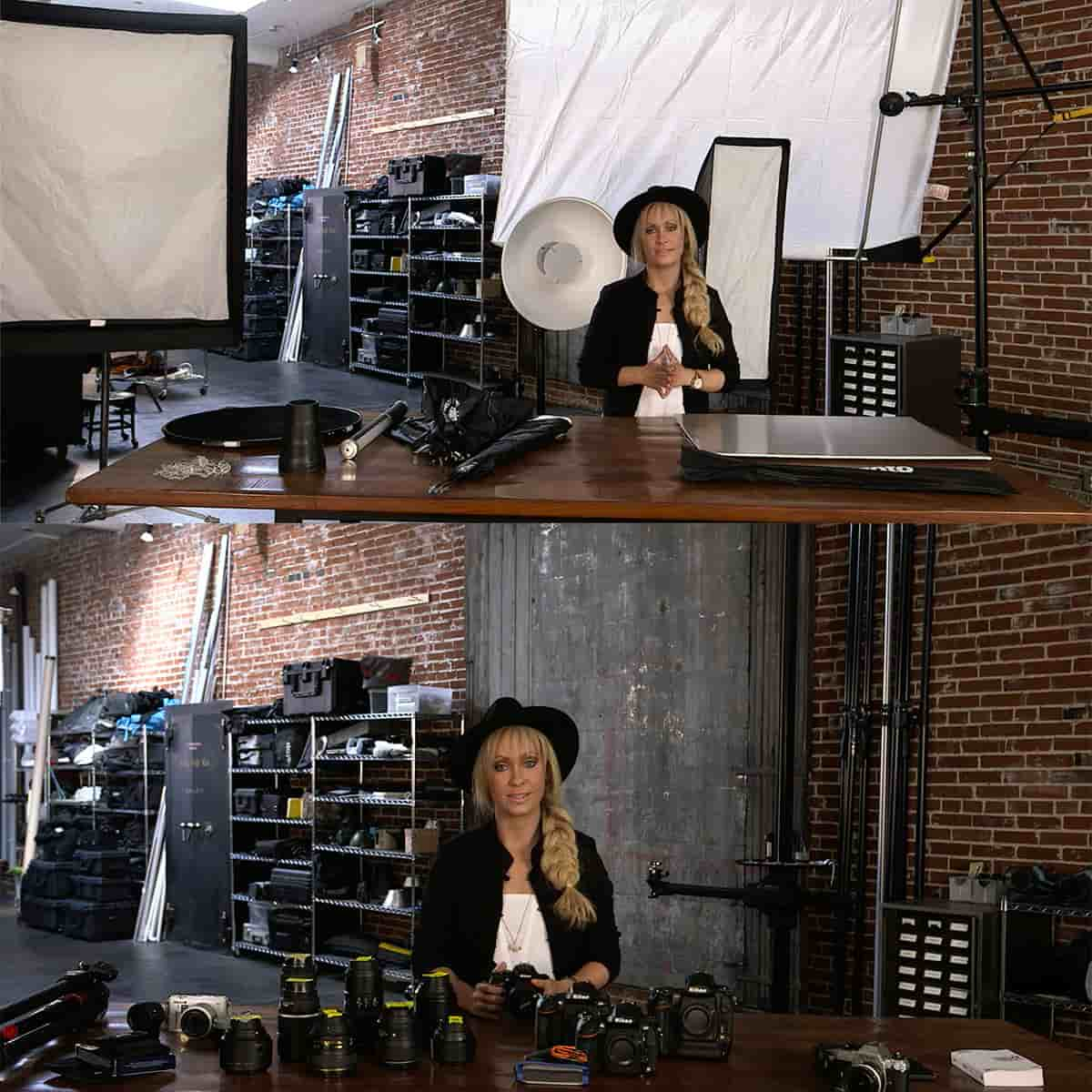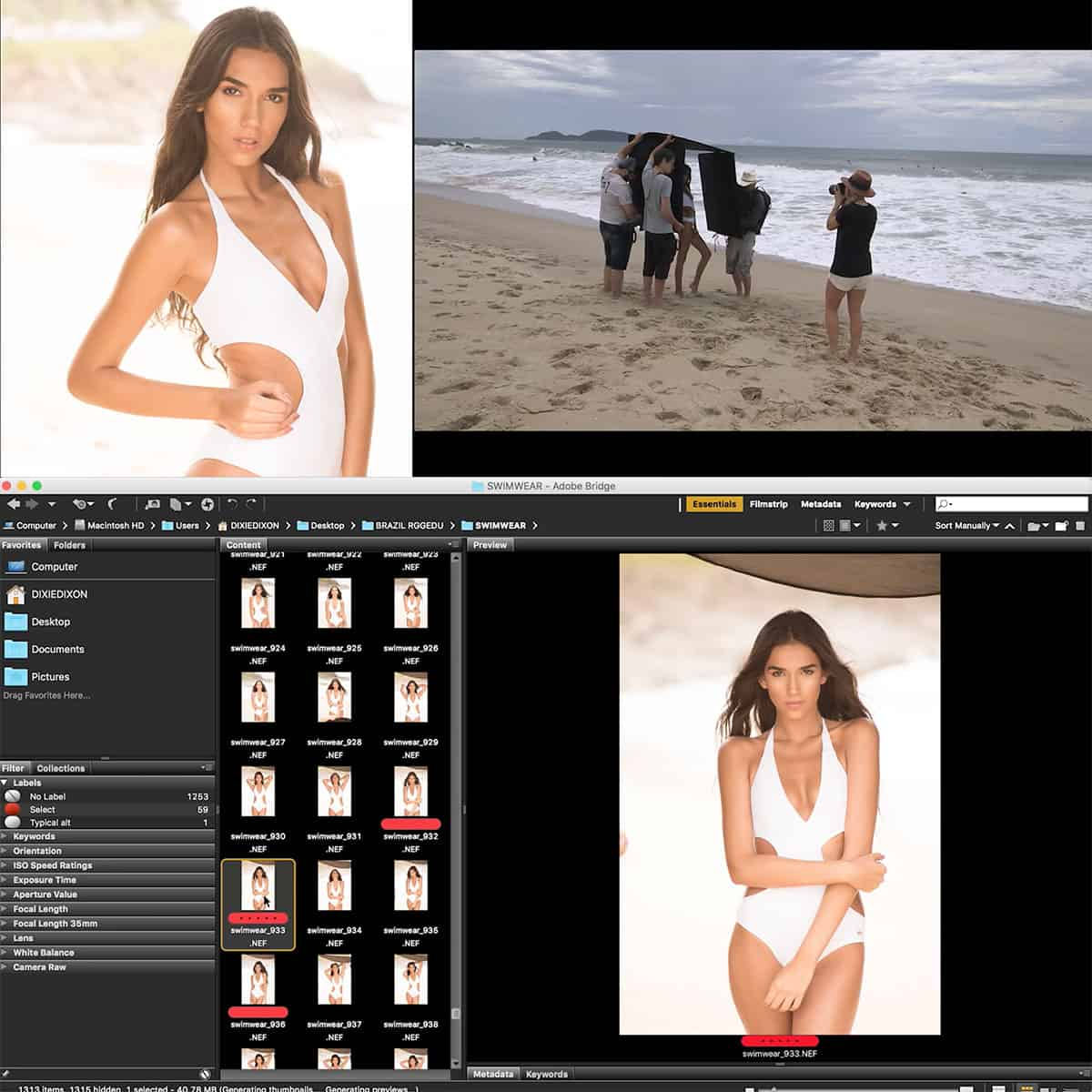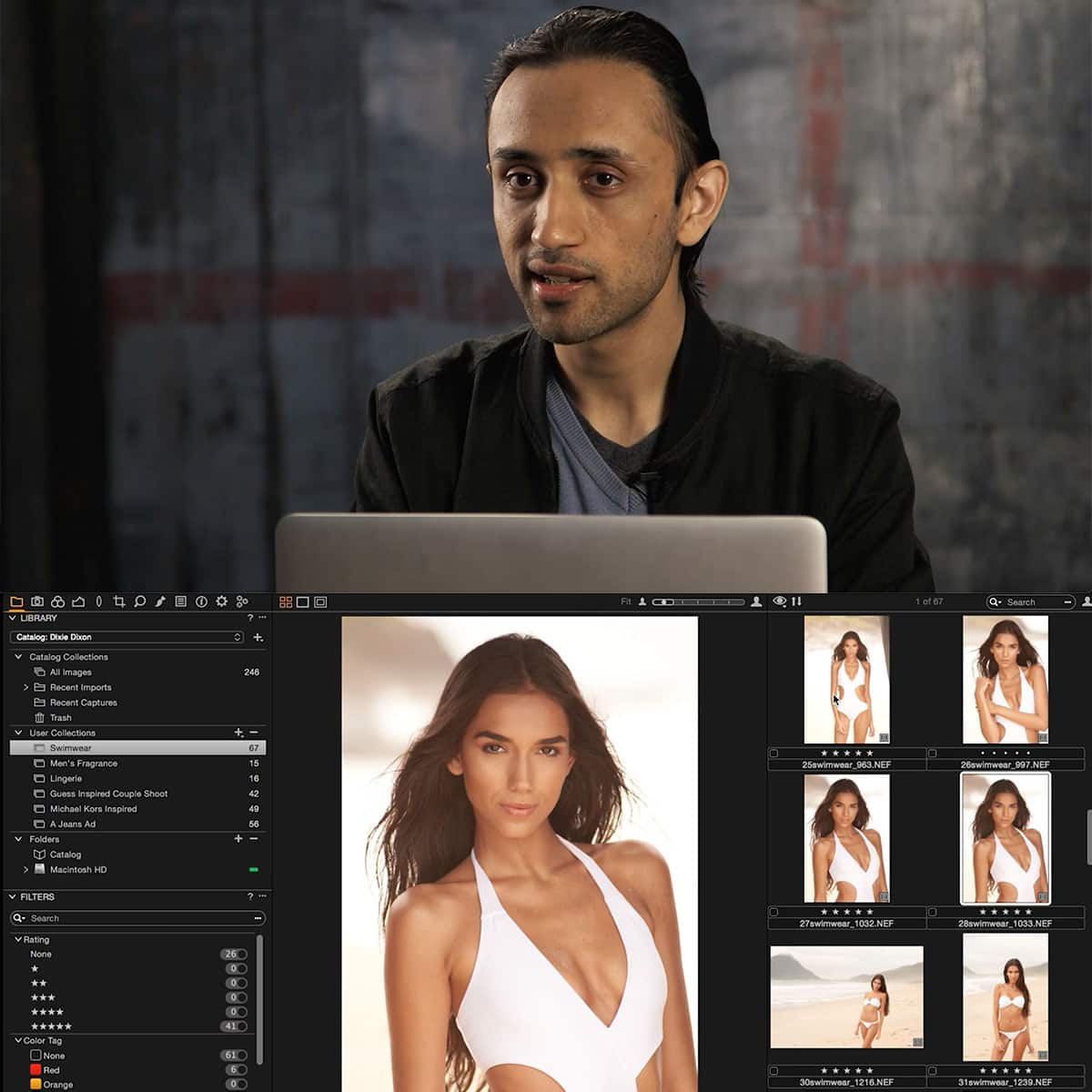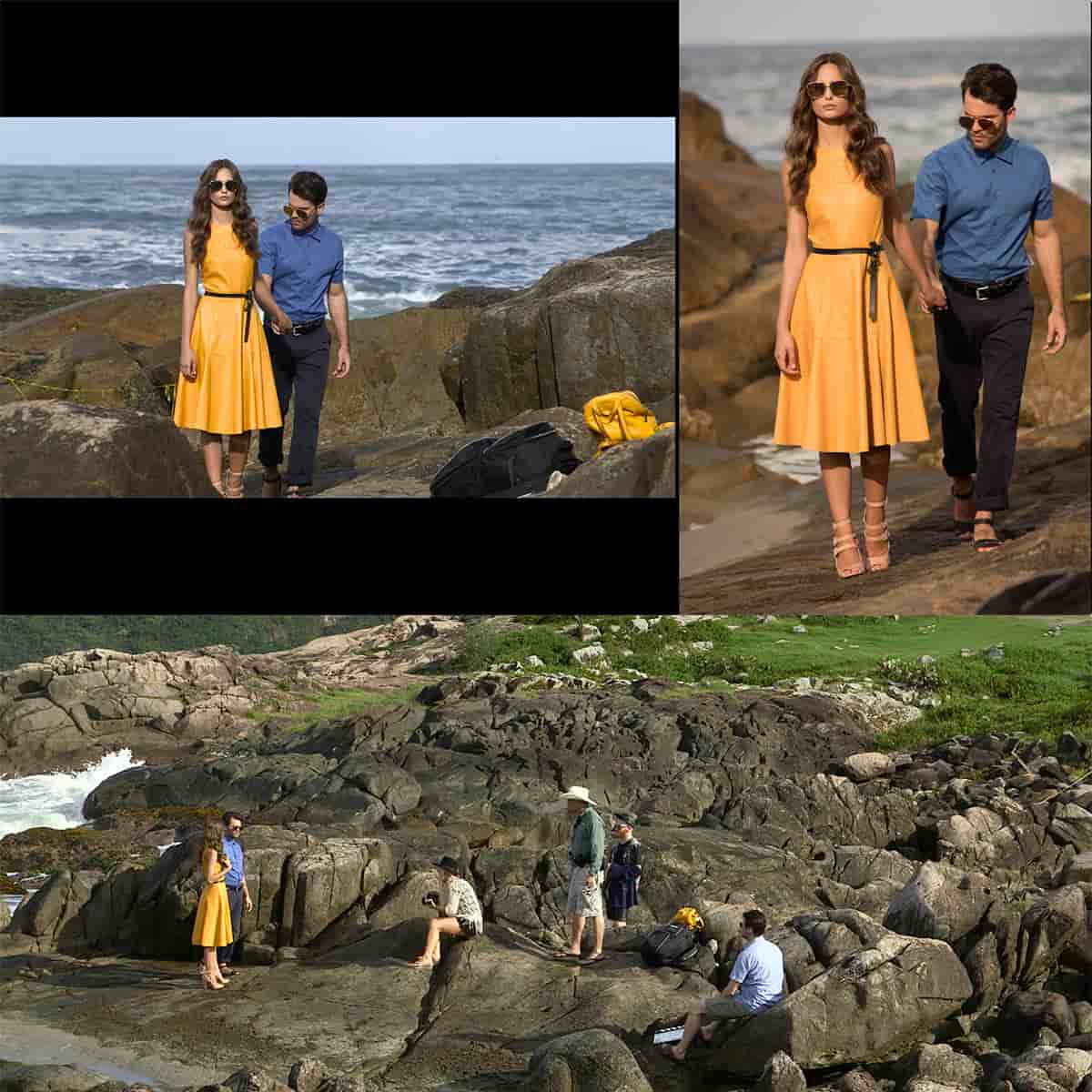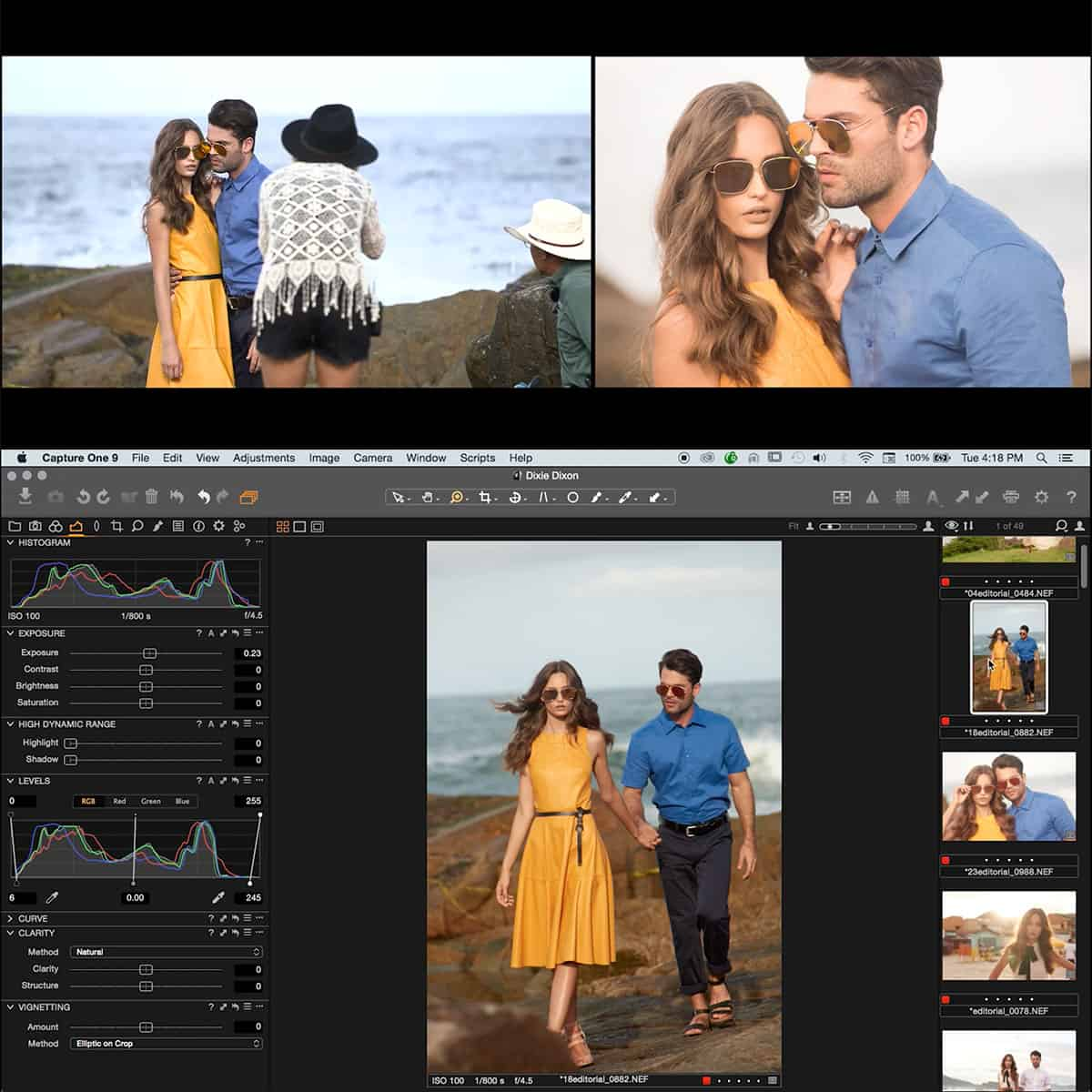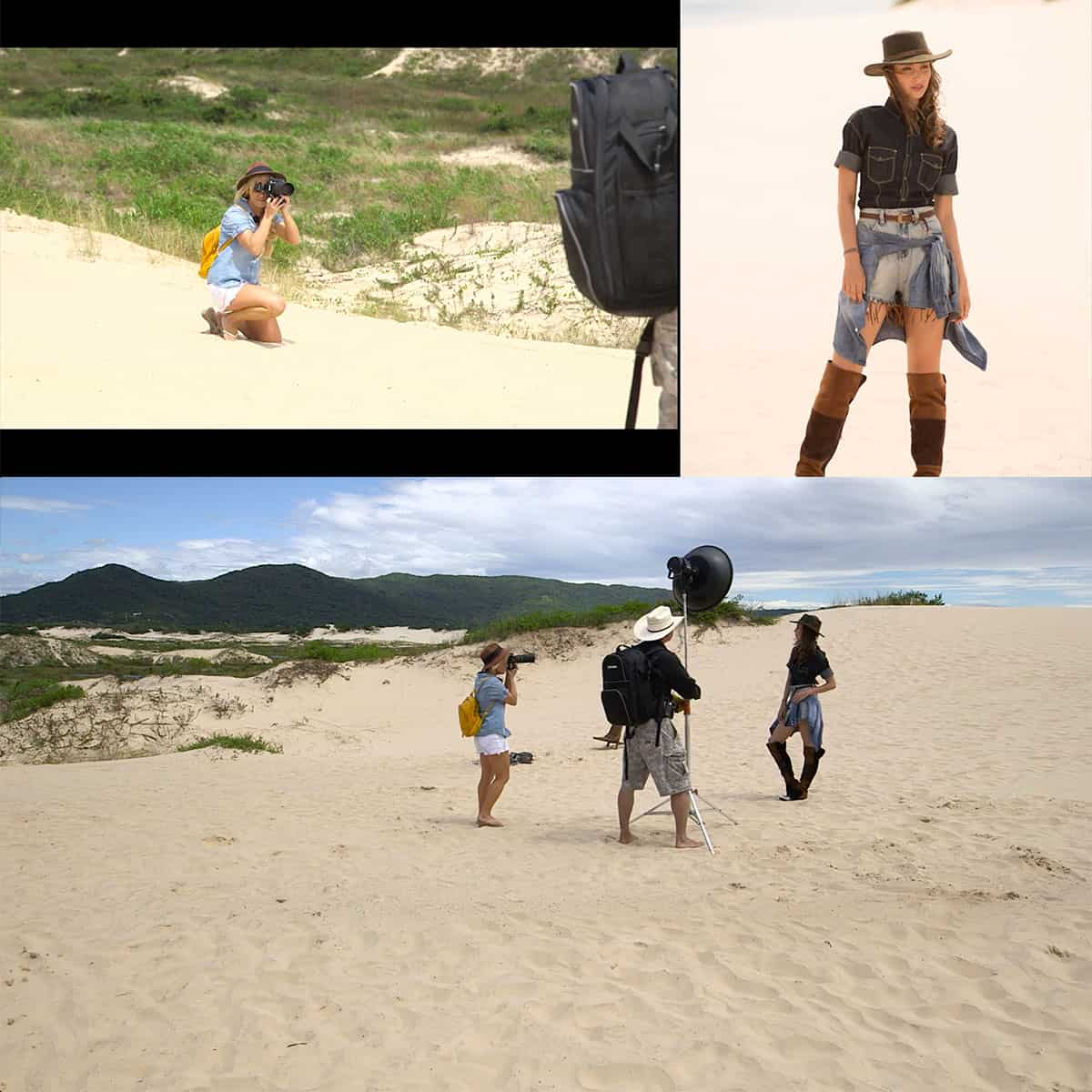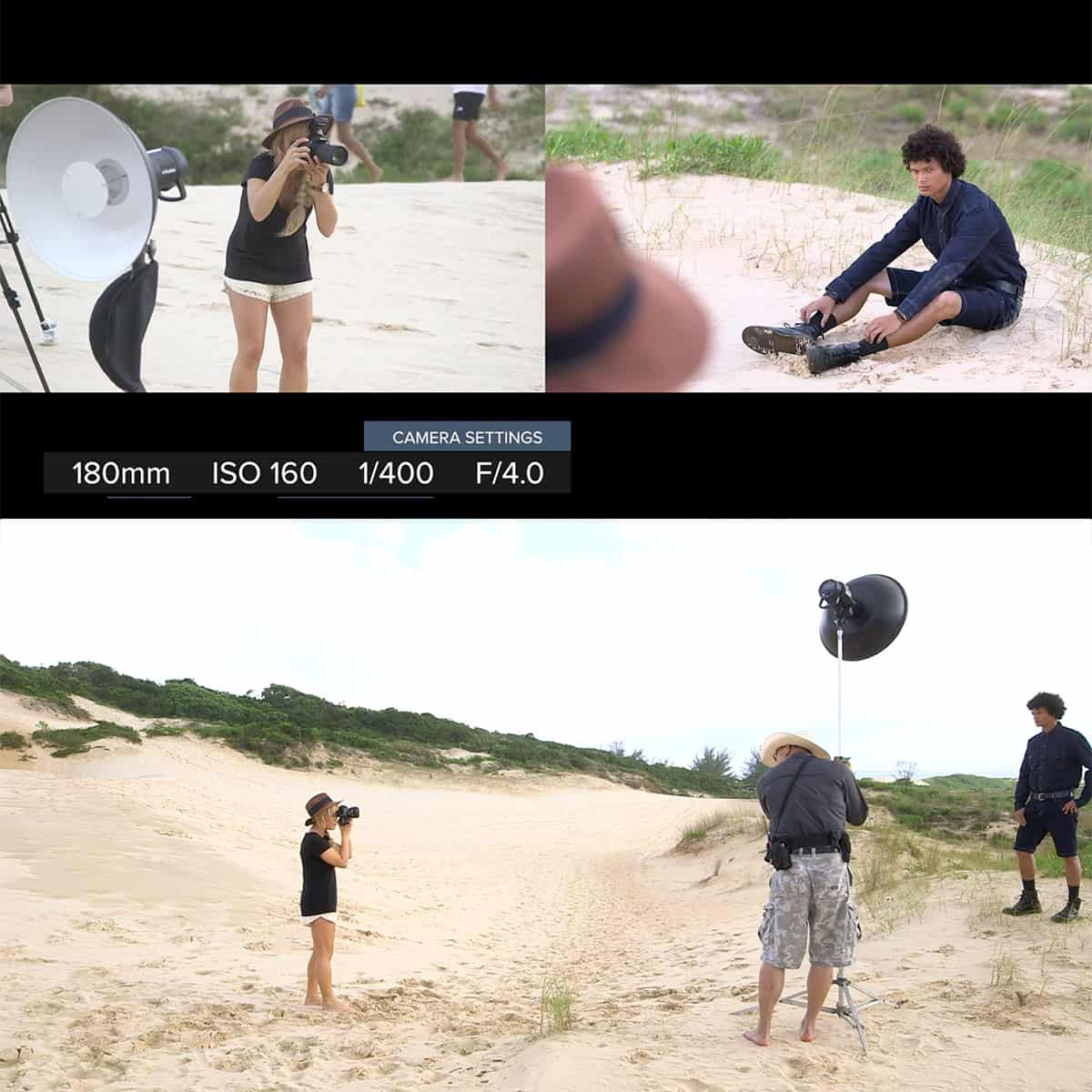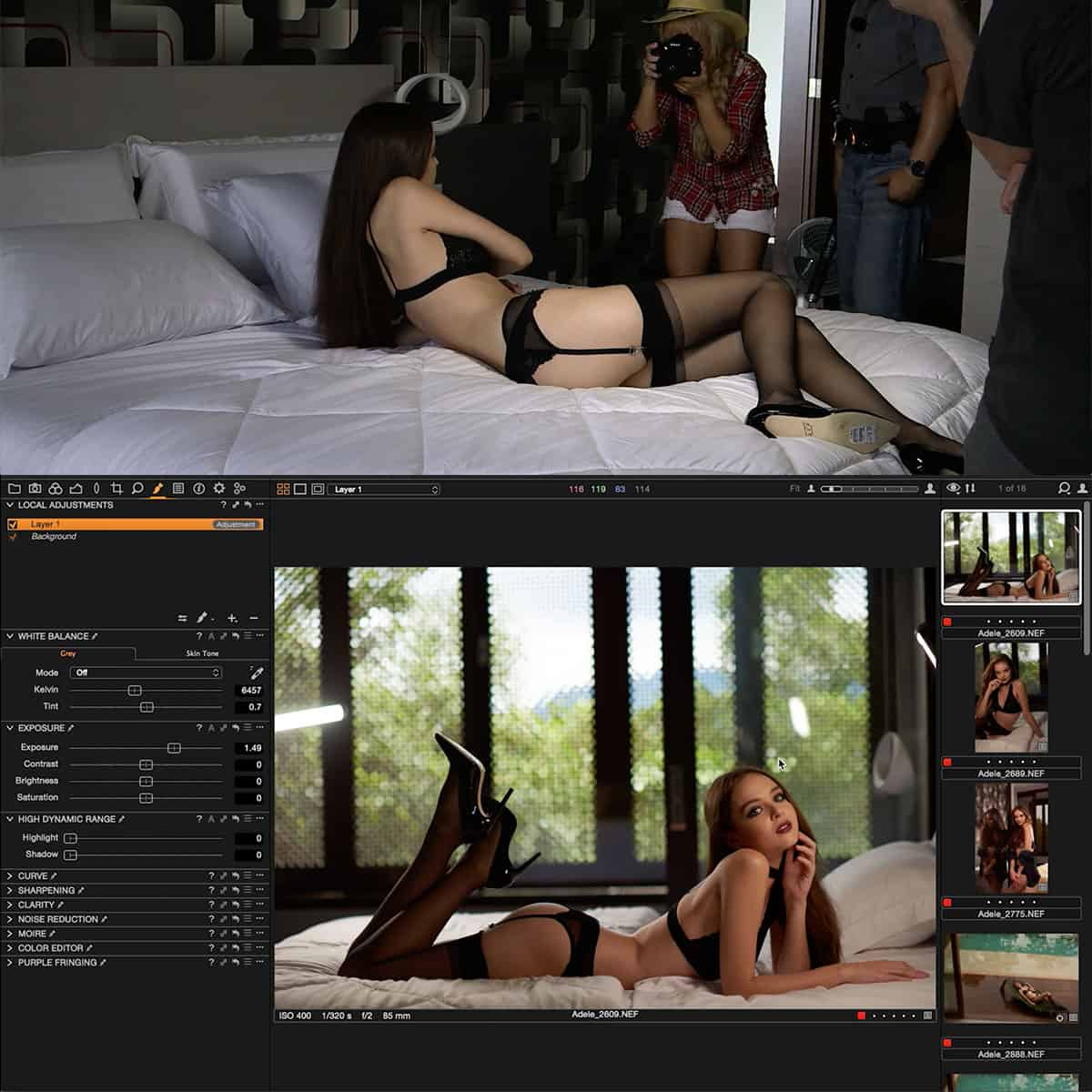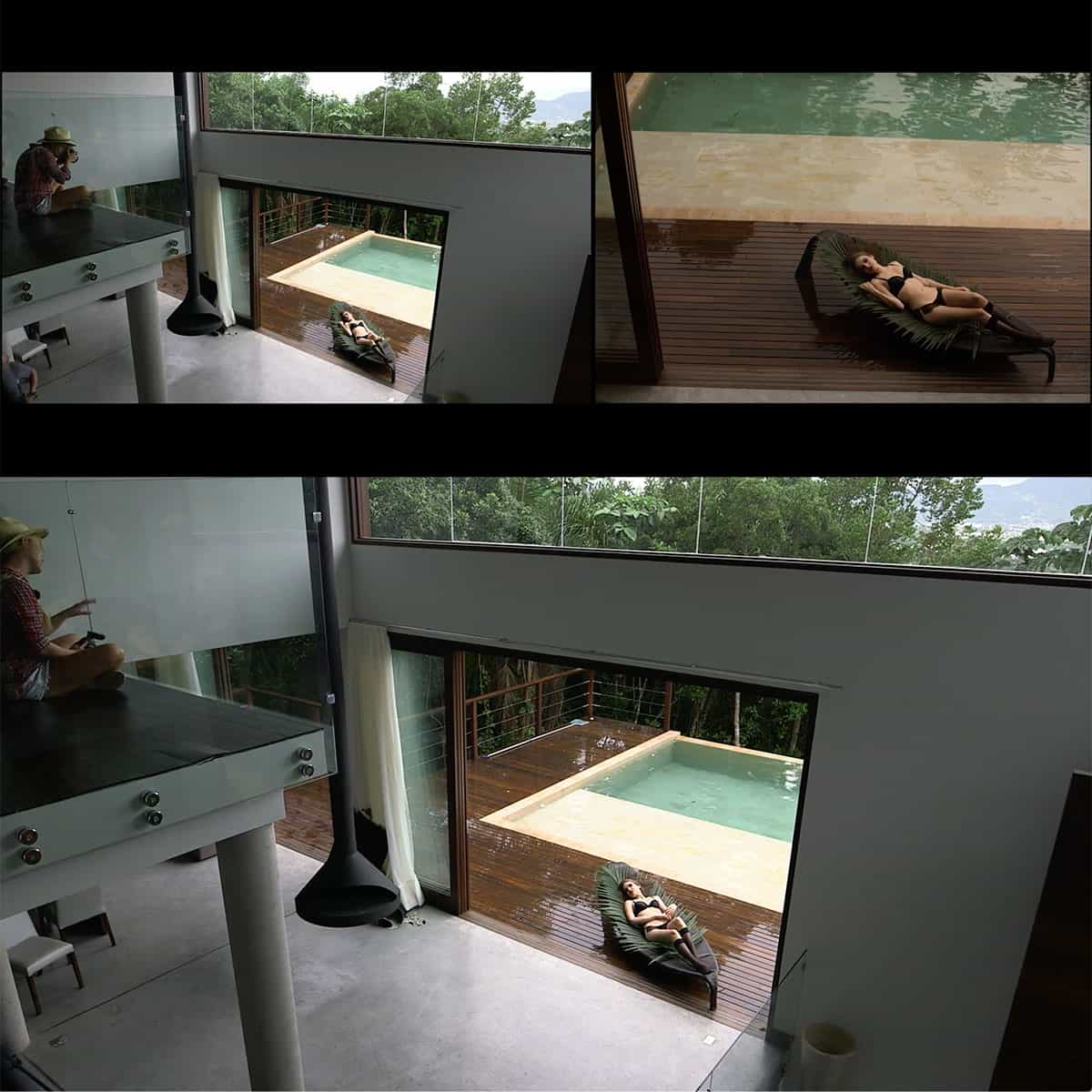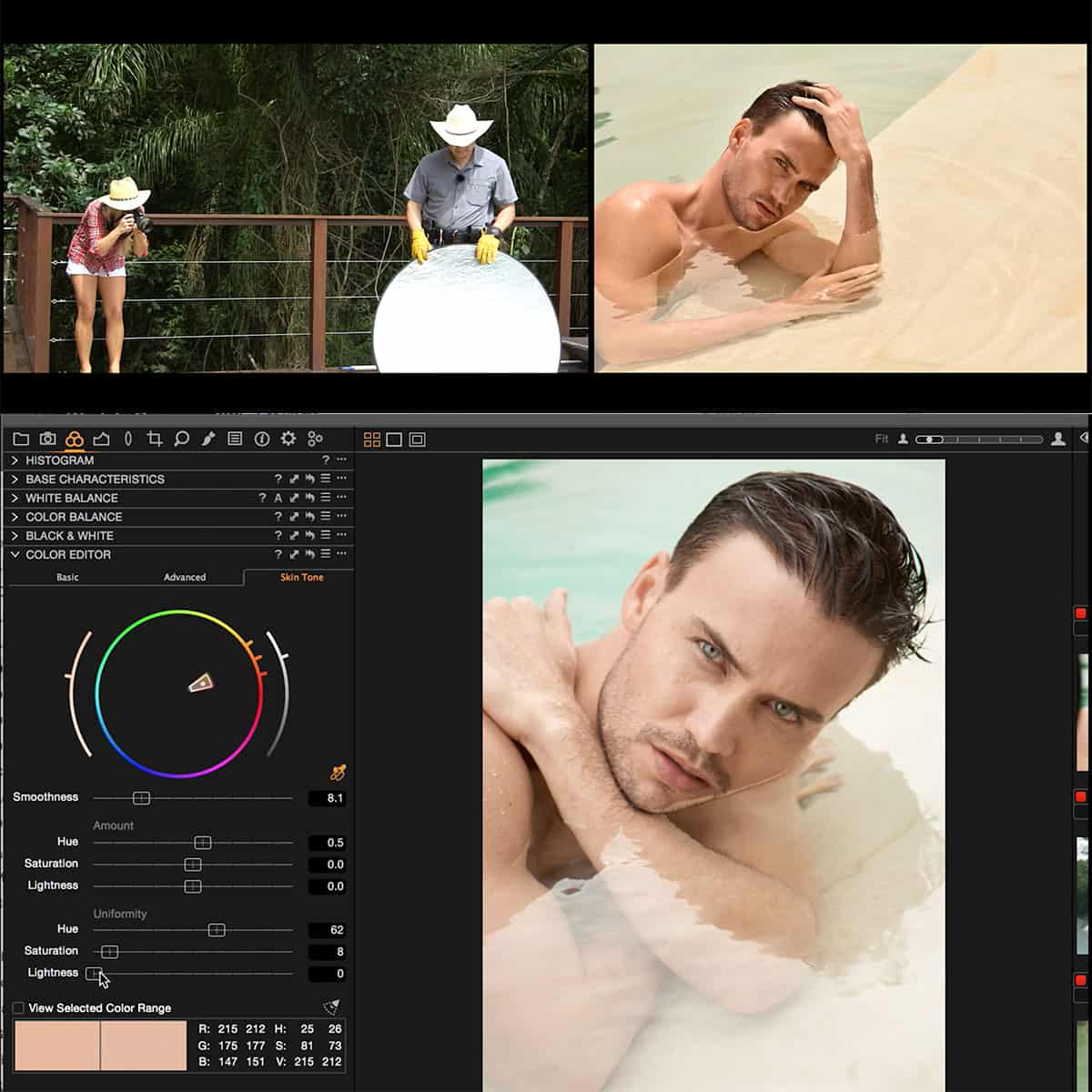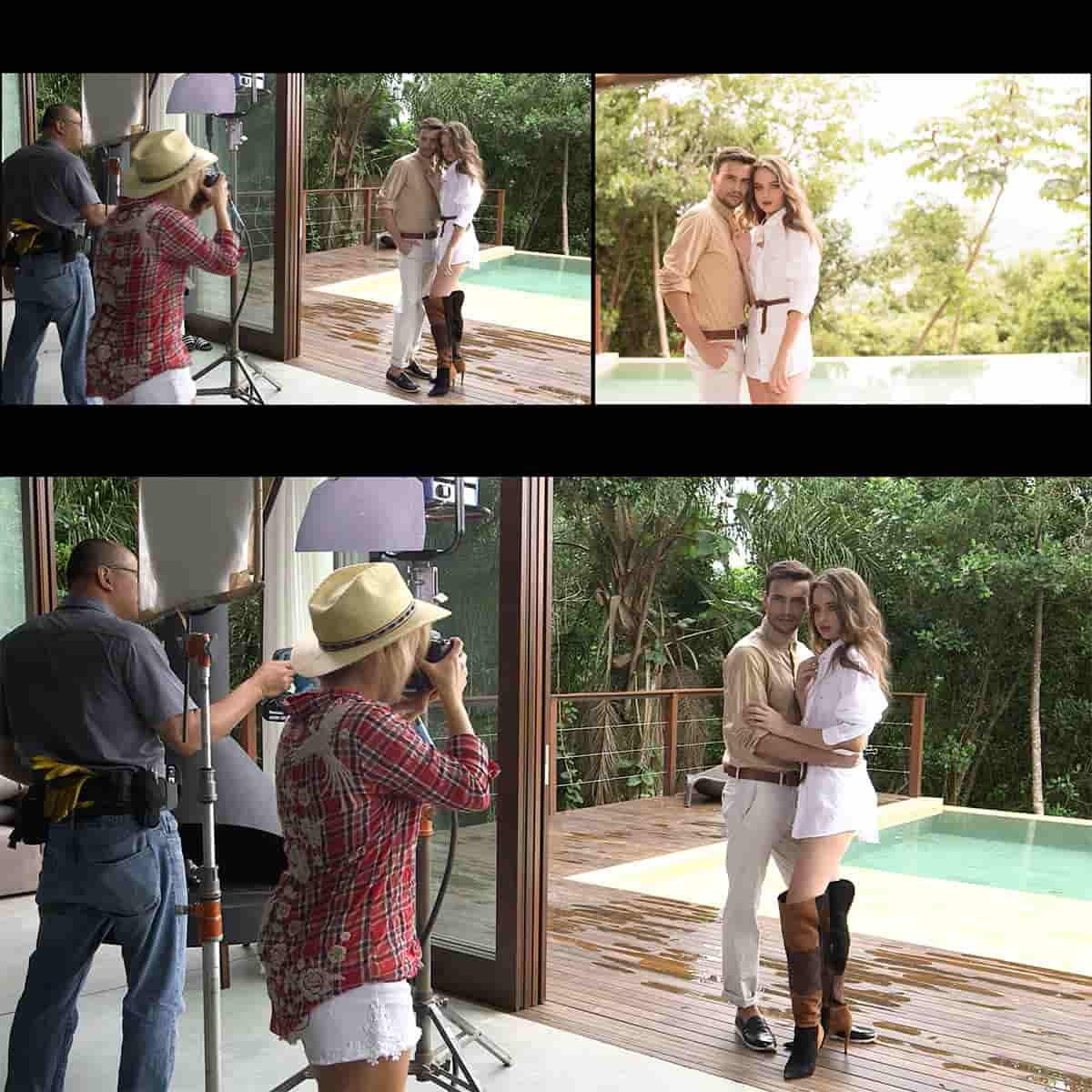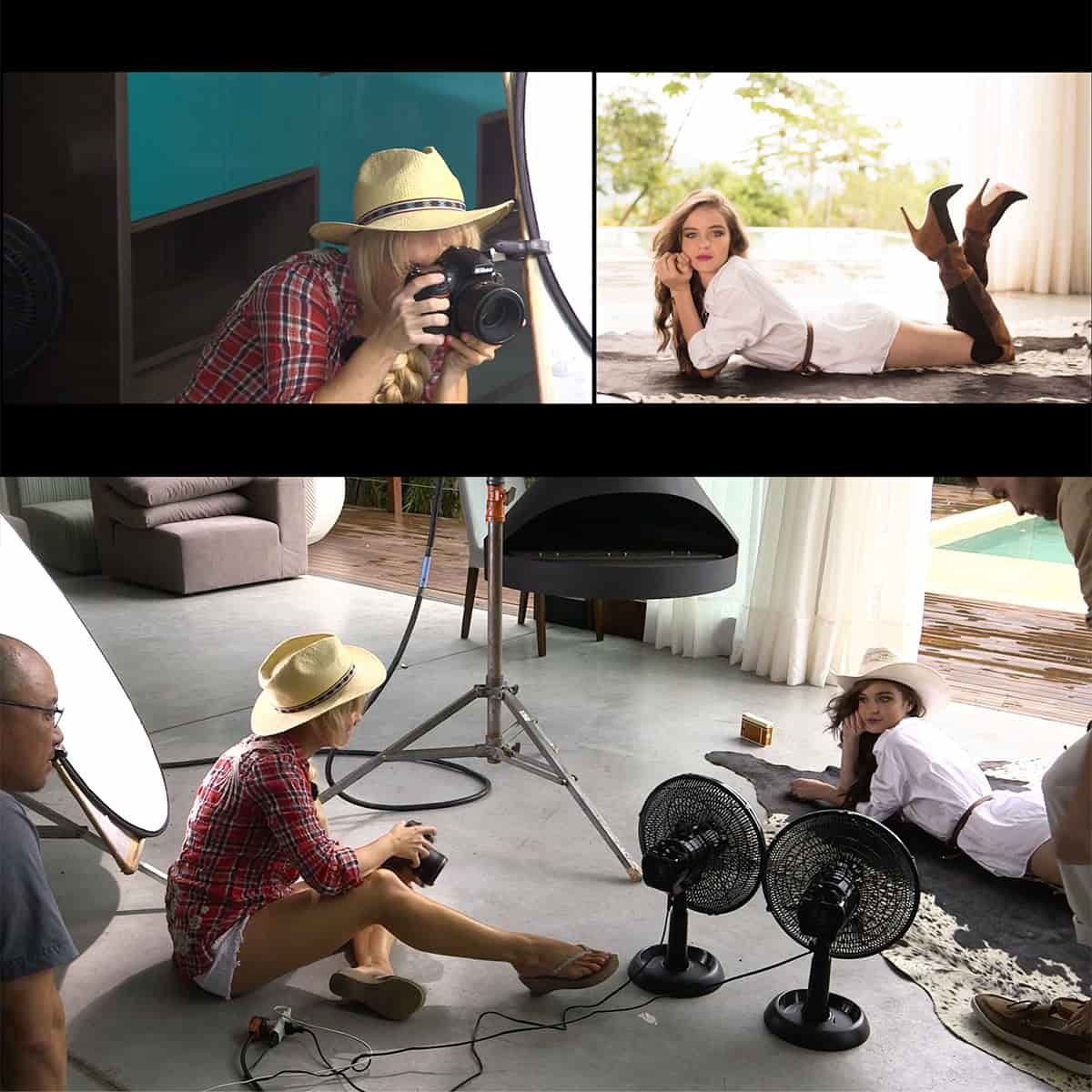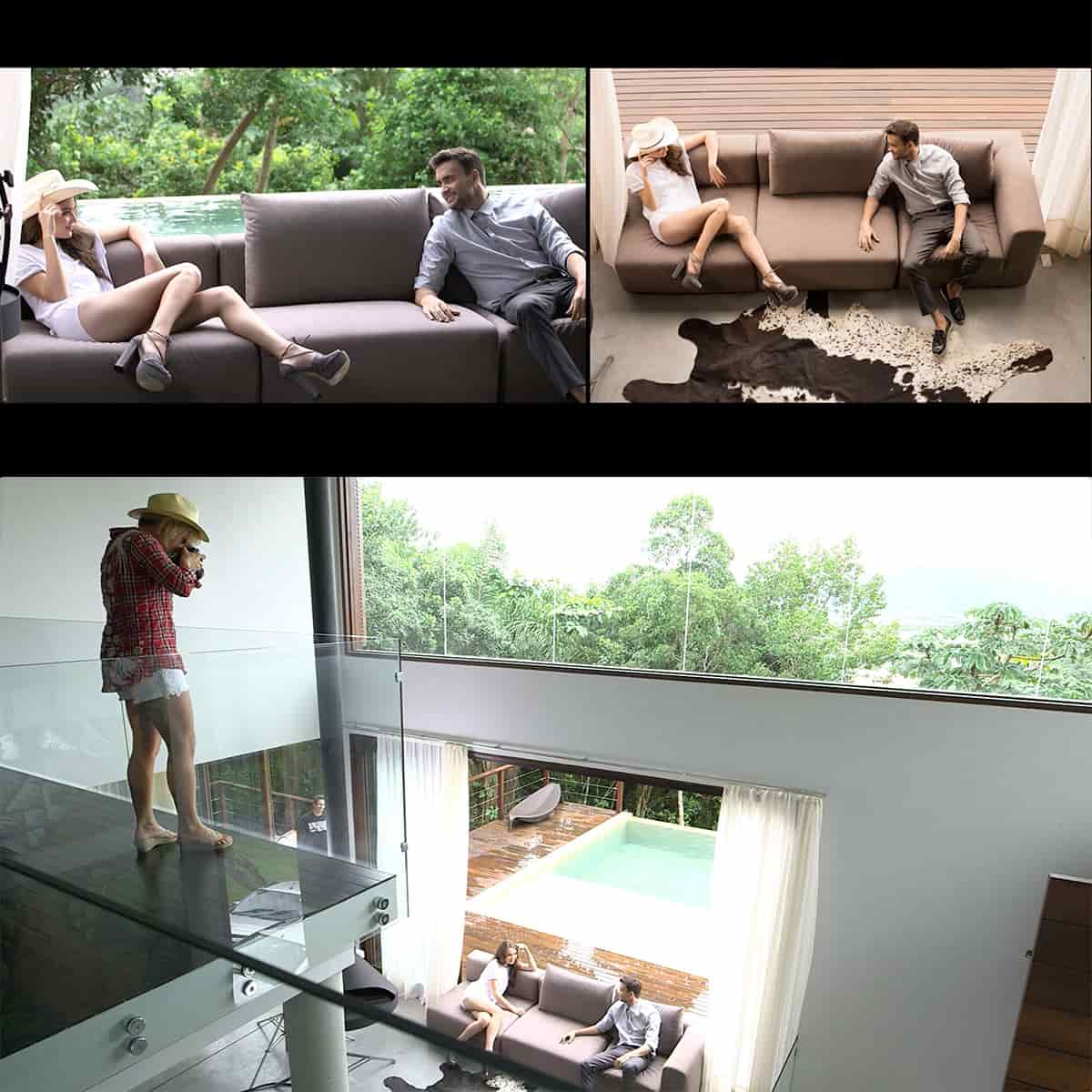Understanding Moiré in Photography: Tips for Prevention and Correction
Moiré, a common issue in photography, occurs when a fine pattern in the subject matter clashes with the digital sensor's pattern, resulting in undesirable wavy lines and distortion. As a photographer, understanding the causes and finding ways to prevent or fix this artifact is crucial for producing high-quality images.
One of the main reasons moiré appears in digital photography is due to the sensor's inability to capture all the intricate details of a pattern. It is especially challenging when dealing with repetitive patterns with fine detail, such as fabrics or architectural textures. Fortunately, there are several techniques and camera settings that can help minimize the appearance of moiré both during the shooting process and in post-production.
Key Takeaways
- Moiré affects image quality by causing wavy lines and distortion in patterns
- Adjusting camera settings and angles can help avoid moiré while shooting
- Post-production techniques can aid in reducing moiré in digital photography
Understanding Moiré in Digital Photography
Moiré patterns are a common issue in digital photography. They occur when a scene or an object being photographed contains repetitive details, such as lines or dots, which exceed the sensor resolution of the camera. As a result, the camera produces strange-looking wavy patterns that can ruin an otherwise great photo 1.
The moiré effect is a type of aliasing that happens when the pixels of the camera sensor can't accurately reproduce the scene's fine details. This leads to interference patterns, where colors and shapes are distorted 2. These patterns can be especially problematic for photographers shooting subjects with intricate patterns, like fabrics or architecture.
To avoid moiré patterns in your digital photography, one option is choosing a camera with an anti-aliasing filter. These filters come integrated with most modern cameras and minimize aliasing by slightly blurring the image 3. Another option is the Nikon D800E, which is a mainstream DSLR that does not apply any anti-aliasing at the sensor level 4.
Additionally, changing your shooting angle or adjusting the aperture may help reduce the likelihood of moiré patterns. Sometimes, even small adjustments can make a big difference in avoiding these interference patterns. If you encounter moiré in an already captured image, software like Adobe Lightroom has tools to remove the moiré effect, such as the Moiré slider found under the Adjustment Brush 5.
As photographers, we need to be aware of the moiré effect and the methods to minimize or eliminate it from our digital images. With the right approach and tools, we can achieve clear, distortion-free photographs.
Causes of Moiré
Moiré is an optical phenomenon that occurs when repetitive patterns in a scene interfere with the camera's sensor resolution. This interference causes a distortion in the image, resulting in unwanted lines, colors, and artifacts. The primary cause of moiré is the interaction between the repetitive lines in the subject and the camera's sensor, which is composed of a grid of pixels.
These interference patterns can be commonly found when photographing everyday objects such as fabric, architecture, and curtains. For instance, fabrics often have repetitive patterns in their weave that can trigger moiré when captured by a camera. Similarly, architectural elements like windows or tiles can produce these patterns when combined with a camera's sensor resolution.
To better understand moiré, it is essential to consider the concept of aliasing. In the context of photography, aliasing occurs when the frequency of repetitive patterns in the image exceeds the sensor's ability to accurately reproduce it. This discrepancy in resolution leads to a distortion, manifesting as moiré.
One way to avoid moiré is by using a camera with an anti-aliasing filter. This type of filter helps minimize aliasing by slightly blurring the image before it reaches the sensor. It is important to note that the presence of moiré in an image is not a direct result of the camera's performance or the quality of its sensor. Rather, it is an unavoidable aspect of capturing images with repetitive patterns.
In summary, moiré is an optical phenomenon that occurs when the lines and patterns in a subject interfere with a camera's sensor resolution, leading to distortion and artifacts. This interference, known as aliasing, can be minimized by using a camera with an anti-aliasing filter and by being mindful of repetitive patterns when composing an image.
Avoiding Moiré
In our experience, avoiding moiré in photography is essential to ensure the highest quality results. One reliable method is to use a camera with an anti-aliasing filter or an optical low-pass filter. These filters help minimize aliasing while reducing moiré patterns.
Adjusting your camera's angle or the subject itself is another effective approach. By doing so, you can prevent the interaction of two patterns with similar frequencies. Likewise, selecting a different lens or aperture setting can also be beneficial in avoiding moiré.
Taking test shots beforehand is a practical way to avoid moiré. Depending on the situation, try zooming in or out, or varying your focal length to find the optimal image composition without moiré patterns. Moreover, using a lower resolution camera (8 megapixels or less) can sometimes help, especially when capturing subjects with obvious repeating patterns.
For post-processing, tools like Lightroom's adjustment brush are useful in reducing moiré. Additionally, attaching an anti-aliasing filter to your lens can help soften the image, further decreasing the chances of moiré patterns appearing.
By keeping these recommendations in mind and regularly adjusting our techniques, we can effectively minimize the occurrence of moiré in our photographs and maintain the highest visual quality.
Dealing with Moiré in Post-Production
As photographers, we often encounter moire in our photos, especially when capturing small details or tight patterns. Luckily, there are post-production techniques in software like Adobe Lightroom and Photoshop that allow us to deal with these issues.
In Adobe Lightroom, we can go to the Adjustment Brush tool and apply a negative value for the "sharpness" slider. This helps to reduce the moiré effect by blurring the problematic areas. Additionally, if the issue persists in color, we can adjust the "color noise reduction" slider to tackle color moiré effectively.
When using Photoshop, we can remove moiré patterns effectively with the Camera Raw filter. First, open the RAW image file and navigate to the Detail Panel. Then, adjust the "Moiré reduction" slider to an appropriate value (around 50) and brush over the affected area. This reduces the moiré pattern and maintains the overall image quality.
Dealing with moiré in the post-processing stage is a crucial part of photography. By utilizing programs like Adobe Lightroom and Photoshop, we can effectively reduce or eliminate the unwanted patterns and enhance our final images.
Effects of Different Camera Settings on Moiré
Moiré patterns in photography occur when a scene or an object being photographed contains repetitive details that exceed the camera sensor's resolution. We can counteract this issue by understanding how different camera settings affect moiré and adapting our shooting techniques accordingly.
Firstly, let's discuss the aperture settings in our camera. A smaller aperture (higher f-stop number) can help reduce the intensity of moiré patterns. This is because a smaller aperture increases the depth of field, making it less likely for the repetitive details in the scene to align with the camera sensor and create a moiré effect. When shooting a scene that has a high risk of causing moiré, we should consider using a smaller aperture, such as f/8 or f/11.
Next, we must take into account the camera angle. Adjusting the angle at which we capture the subject can help minimize moiré patterns. Try to avoid shooting the scene head-on or parallel to the subject. Instead, tilting the camera slightly up, down, or to the side can help mitigate moiré issues.
The type of camera sensor also plays a role in moiré formation. Anti-aliasing filters, found in some camera sensors, are designed to blur the fine details in an image slightly before it is captured. This can help prevent moiré patterns from occurring. However, cameras without anti-aliasing filters are more prone to creating moiré effects in certain scenarios.
In conclusion, dealing with moiré patterns requires a combination of aperture settings, camera angle adjustments, and sometimes, the capabilities of the camera sensor itself. By understanding these factors and adjusting our approach, we can successfully avoid or minimize the presence of moiré in our photographs.
Frequently Asked Questions
What causes moiré patterns in photography?
Moiré patterns are caused by the interference between two repeating patterns, like the camera's sensor grid and the pattern in the subject being photographed. When these patterns align at a certain angle, a moire effect is produced.
How can moiré effects be minimized while taking photos?
To minimize moiré effects, we can start by adjusting the angle of the camera or the subject. This helps prevent the interaction of the two patterns. Also, using a camera with an anti-aliasing filter can help minimize aliasing, further reducing the chances of moiré.
What are the best camera settings to reduce moiré?
Selecting a different lens or aperture setting can help reduce moiré. Additionally, slightly defocusing the image or selecting a lower resolution setting can help diminish the effect in certain situations.
How can moiré be removed using software like Lightroom and Photoshop?
In Lightroom, you can use the Adjustment Brush to selectively reduce moiré patterns. In Photoshop, you can try methods like Frequency Separation or specific tools like the Moire Filter in ACR.
Is it possible to remove moiré from videos?
Yes, video editing software such as Premiere Pro and Final Cut Pro offer built-in tools for moiré pattern removal during post-processing. This usually involves applying filters that blur or decrease the sharpness of the pattern.
Are there any online tools to eliminate moiré from images?
While professional software like Lightroom and Photoshop provide the most comprehensive solutions, there are also free online tools like GIMP and PIXLR that can help reduce or eliminate moiré effects. These tools allow you to apply similar techniques as you would in professional software, albeit with some limitations.


